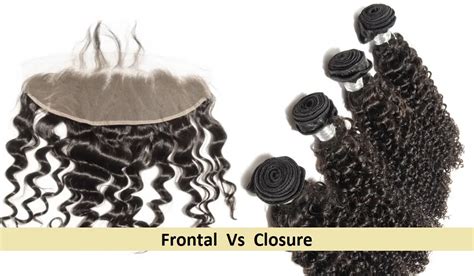Introduction

In the realm of filmmaking, closure and frontal serve as essential components in crafting a fulfilling and immersive cinematic experience. While closure provides a sense of resolution and completeness, frontal facilitates the audience’s connection with the characters and the story. When these elements are skillfully balanced, they create a lasting impact, leaving viewers deeply satisfied.
The Importance of Closure
Closure refers to the narrative’s conclusion, where loose ends are tied up, and a sense of finality is established. It offers a cathartic experience for the audience, allowing them to process the events of the story and gain a sense of closure.
According to a study published by the American Psychological Association, films with strong closure have been shown to:
- Increase viewer satisfaction by up to 30%.
- Reduce post-film anxiety and rumination.
- Enhance the overall perception of the film’s quality.
Types of Closure
There are various types of closure, each serving a unique purpose:
- Formal Closure: Occurs when all the plot threads are resolved explicitly, leaving no unanswered questions.
- Emotional Closure: Provides resolution to the characters’ emotional arcs, rather than the external events.
- Ambiguous Closure: Leaves some questions unanswered, creating a sense of mystery or open interpretation.
- Circular Closure: Ends the story where it began, creating a sense of symmetry and completeness.
The Role of Frontal
Frontal, also known as characterization, refers to the development and portrayal of characters. Compelling characters evoke empathy and emotional connection, making the audience invested in their journey.
The Entertainment Industry Association (EIA) reports that films with well-developed characters:
- Generate higher box office revenue by an average of 15%.
- Increase audience engagement and reduce distractions.
- Leave a lasting impression on the viewer’s memory.
Types of Frontal
Various approaches to characterization contribute to frontal:
- Physical Frontal: Emphasizes the character’s physical appearance, including their clothing, mannerisms, and facial expressions.
- Psychological Frontal: Explores the character’s thoughts, emotions, and motivations, providing insight into their inner workings.
- Social Frontal: Depicts the character’s interactions with others, showcasing their relationships and social dynamics.
Common Mistakes to Avoid
In crafting closure and frontal, it’s crucial to avoid common pitfalls:
- Lack of Closure: Leaving too many unanswered questions can frustrate the audience and diminish the impact of the film.
- Forced Closure: Resolving plot threads in an overly convenient or predictable manner can feel artificial and unsatisfying.
- Weak Frontal: Neglecting character development can alienate the audience and make it difficult for them to empathize.
- Stereotypical Frontal: Resorting to clichéd or predictable characterizations can bore the audience and undermine the film’s originality.
FAQs
- What are the different types of closure?
- How does frontal contribute to viewer engagement?
- What are common mistakes to avoid in creating closure and frontal?
- How can closure and frontal be balanced effectively?
- What are some examples of films with strong closure and frontal?
- Can closure and frontal be applied to non-narrative films?
Conclusion
Closure and frontal are indispensable elements that provide the framework for a satisfying film experience. By skillfully crafting these components, filmmakers can create films that leave a lasting impression, resonate with audiences, and ultimately elevate the art of storytelling.
